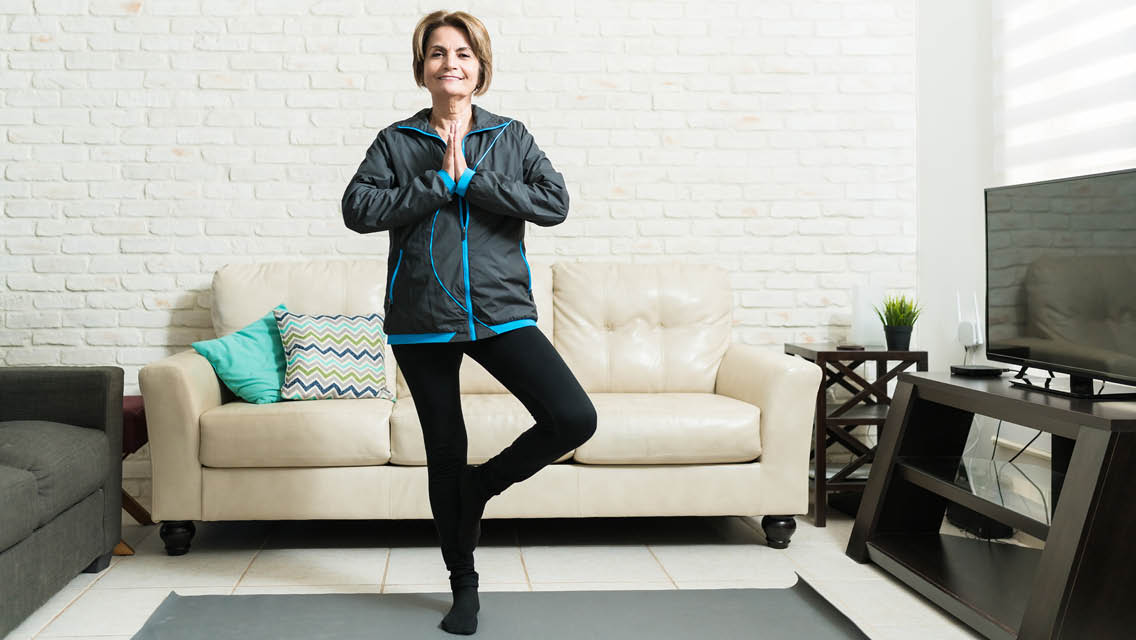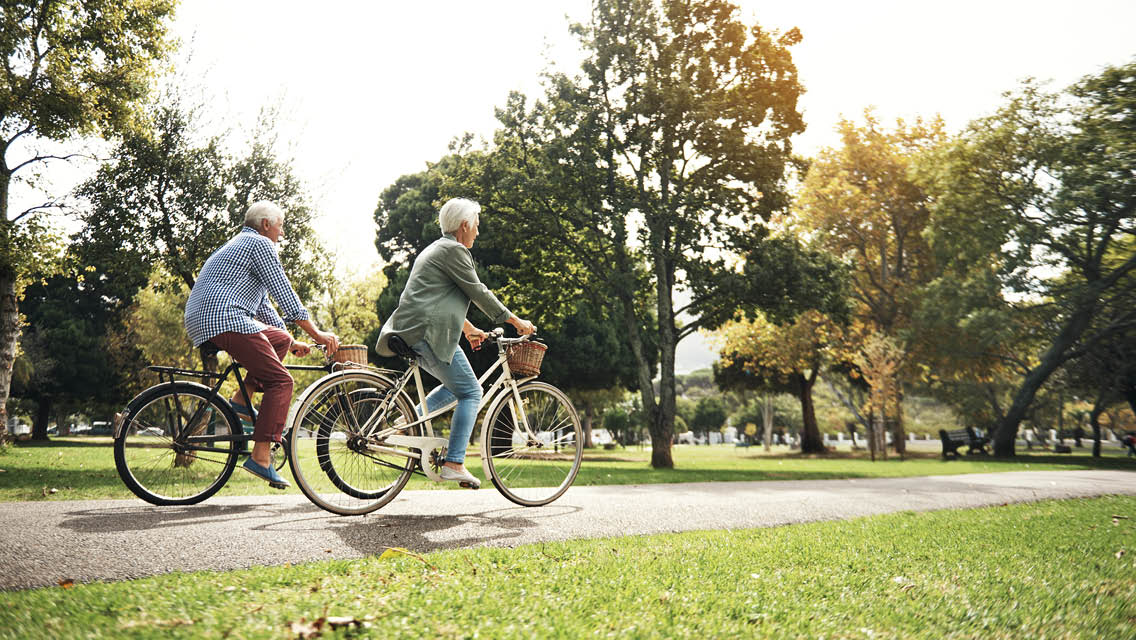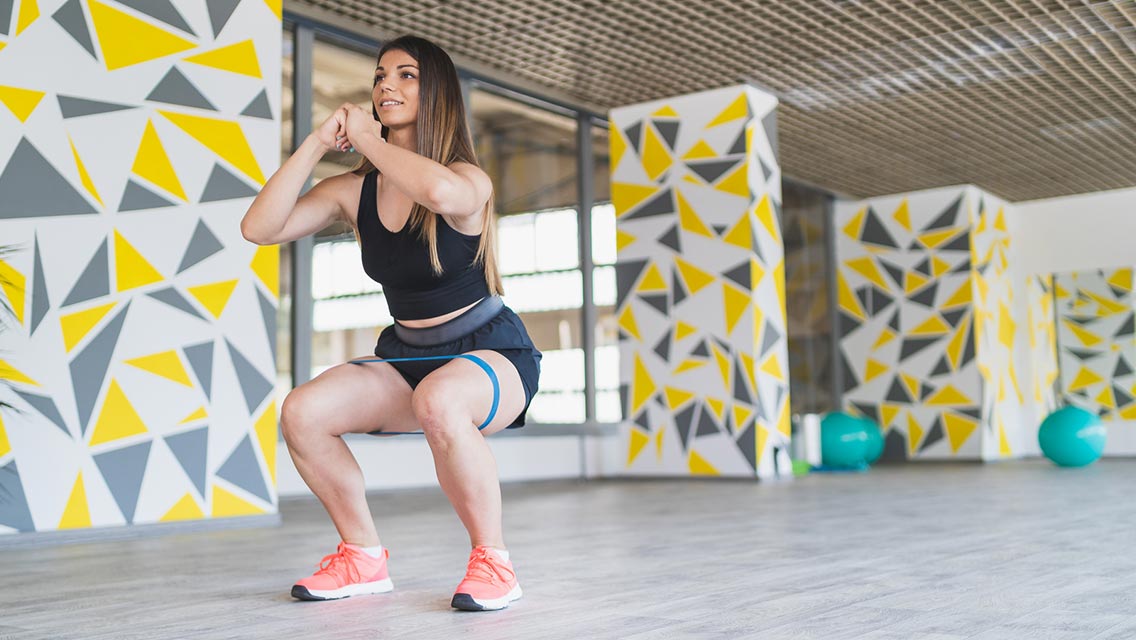Imagine, if you will, a routine visit to your doctor in the not-too-distant future, during which you submit to all the requisite measurements — height, weight, blood pressure — before the nurse instructs you to stand on one leg, arms at your sides, while they slowly count to 10. Remain upright and you’re good to go; fail on three successive attempts and you’re in trouble.
This is a scenario envisioned by Brazilian researchers who last week released the results of a study suggesting that poor balance in later life may dramatically increase your risk of death. Writing in the British Journal of Sports Medicine, lead study author Claudio Gil Araujo, MD, PhD, argues that the balance test “provides rapid and objective feedback for the patient and health professionals regarding static balance [and] adds useful information regarding mortality risk in middle-aged and older men and women.”
Feel free to rise from your chair at this point and give it a try. I couldn’t help myself.
Our sense of balance tends to erode in our 50s and seriously decline in our 70s, which explains why falls send so many elderly Americans to the ER every year. So, Araujo and his team wanted to determine whether a simple test could predict mortality risk among various age groups. Recruiting 1,702 volunteers between the ages of 51 and 75 who participated in the CLINIMEX Exercise cohort study, the researchers reviewed the health data of each individual during a clinical check-in, conducted various measurements, and then asked them to stand on one leg for 10 seconds.
About one in five subjects were unable to remain upright during three successive attempts, Araujo reports, and the failure rate increased with age. Only about 5 percent of 51-to-55-year-olds toppled three times during the test while that fate befell more than half (54 percent) of septuagenarians.
The team monitored the study participants for an average of seven years following the balance tests and — after adjusting for age, sex, and underlying health conditions — determined that those who toppled were 84 percent more likely to die of any cause during the following decade.
Go ahead and try it again. No pressure.
Before you sign up for that yoga class and grow to despise the tree pose, however, you should know that Araujo’s conclusions may themselves be a bit rickety. He notes that those who failed the test were generally in poorer health — obesity, heart disease, and diabetes were more prevalent among that cohort — and researchers did not collect information on recent falls, physical activity, diet, smoking, drug use, and other influential factors. In other words, this is an observational study that does not establish any specific causation between a lack of balance and mortality.
Still, it’s probably not a bad idea for seniors to work on remaining upright. About 3 million of us end up in the ER each year after falling, according to the Centers for Disease Control and Prevention, and these tumbles result in some 300,000 hip fractures and 32,000 deaths.
So why not give it another try? Arms at your sides, the instep of your free foot placed on the inner side of your standing leg, eyes straight ahead, even breaths. Third time’s the charm.





This Post Has 0 Comments